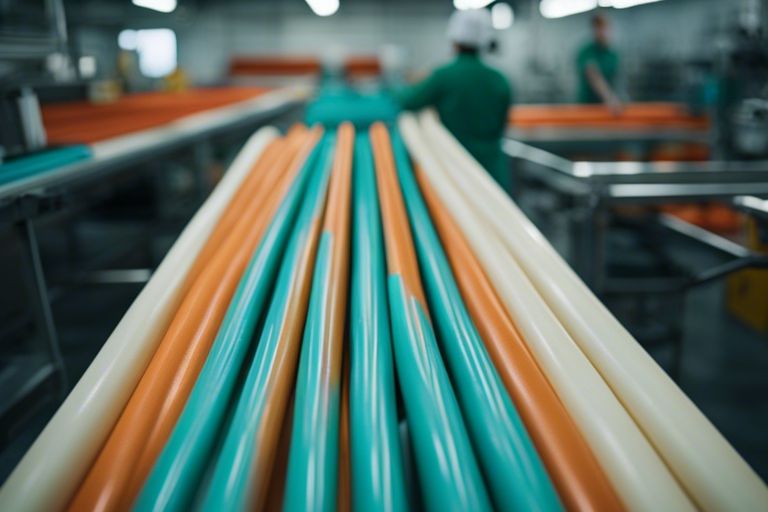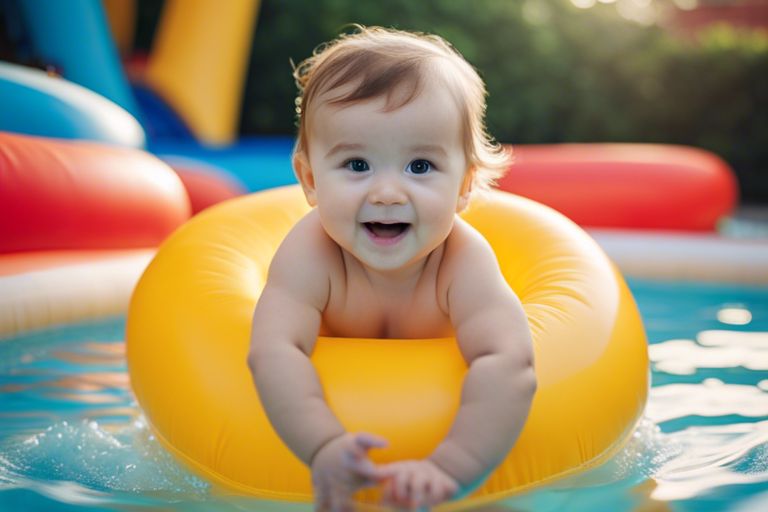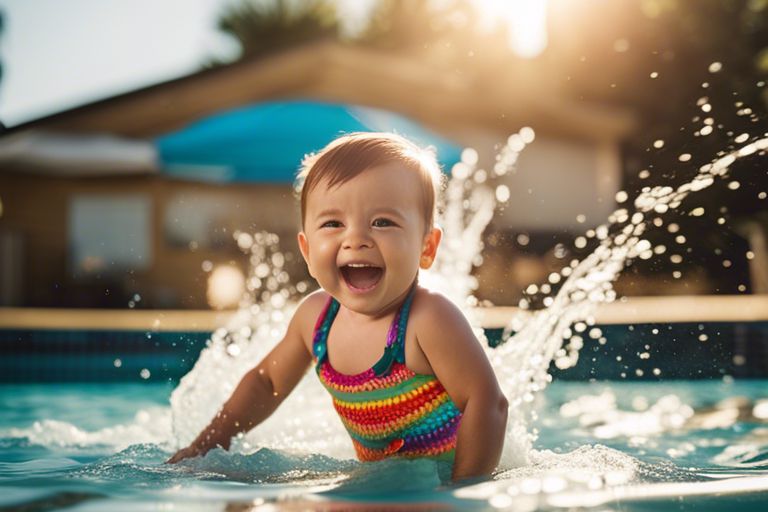Manufacturing pool noodles involves a fascinating process that transforms simple foam material into the iconic cylindrical tubes we all know and love. From the initial mixing of raw materials to the cutting and shaping of the final product, each step is crucial in creating these buoyant and colorful pool accessories. Understanding the manufacturing behind pool noodles sheds light on the intricacies of their production and the science behind their design.
Key Takeaways:
- Raw materials: Pool noodles are made from polyethylene foam, a versatile material known for its buoyancy and water resistance.
- Manufacturing process: The foam is extruded into long cylindrical shapes, then cut into noodle-sized lengths and shaped using heated molds.
- Versatile use: Pool noodles are not only used for swimming and water sports, but also for various DIY projects, child-proofing, and as sensory toys.
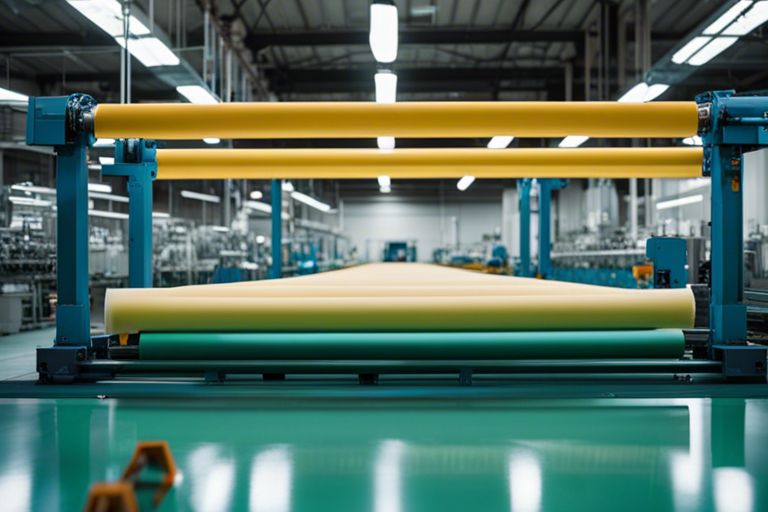
The Materials Used in Pool Noodles
Primary Components
The primary components of pool noodles are polyethylene foam, a closed-cell foam, and a solid or hollow core. Polyethylene foam is a durable, lightweight, and buoyant material that gives pool noodles their flexibility and ability to float. The core provides structure and support to the noodle.
Color and Texture Additives
Color and texture additives are mixed into the polyethylene foam during the manufacturing process to give the pool noodles their vibrant hues and unique textures. These additives not only add visual appeal but also help differentiate between different noodle designs and brands.
Color and texture additives can also affect the durability and grip of the pool noodles. Some additives may make the surface of the noodle more slip-resistant, while others may enhance the softness or firmness of the foam.
Manufacturing Process
Foaming Process
Some pool noodles are made through a foaming process where polyethylene resin is mixed with a foaming agent and other additives. This mixture is then heated and passed through a die, creating a long tube-like shape.
Shaping and Cutting
An important step in the manufacturing process is shaping and cutting the foamed material into the desired length for pool noodles. The long tube is cut into smaller sections and shaped using molds to give it the classic noodle shape.
With the help of specialized machines, the shaped sections are trimmed to ensure uniformity in size and shape across all pool noodles. Any excess material is recycled to minimize waste in the manufacturing process.
The final step involves inspecting each pool noodle for quality control before they are packaged and shipped out to stores for consumers to enjoy during their pool activities.
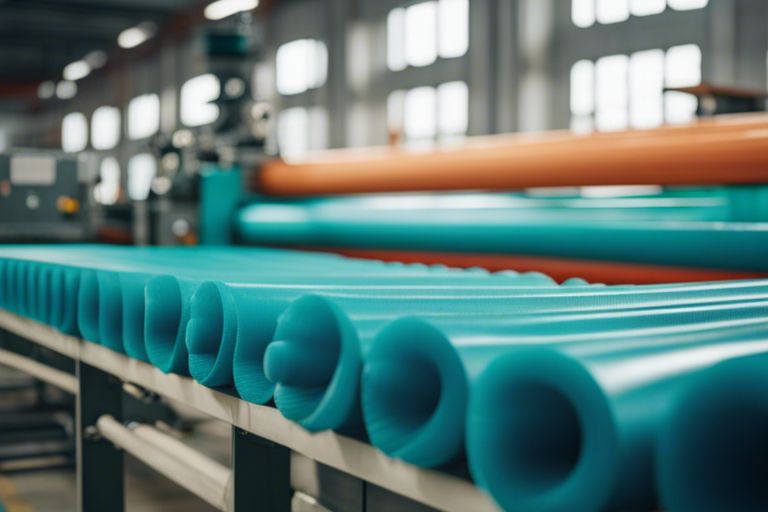
Quality Control and Safety Standards
Safety Tests
Once again, safety is a top priority in the production of pool noodles. To ensure that the final product is safe for use in the water, rigorous safety tests are conducted throughout the manufacturing process. These tests include checking for any sharp edges, monitoring buoyancy levels, and evaluating the durability of the materials used.
Compliance with International Standards
The production of pool noodles also adheres to strict compliance with international safety standards. This ensures that the final product meets the necessary criteria for quality and safety. From the selection of materials to the manufacturing processes, every aspect is carefully inspected to guarantee that the pool noodles meet the required standards set by regulatory bodies.
Tests are conducted to verify that the pool noodles meet specific benchmarks set by international safety organizations. These tests cover various aspects such as material quality, buoyancy levels, and impact resistance. By adhering to these standards, manufacturers can ensure that their pool noodles are safe for use by consumers worldwide.
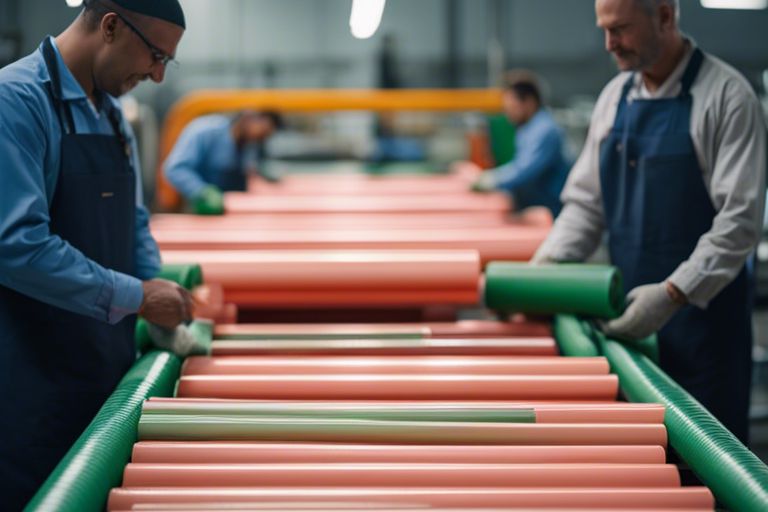
Environmental Impact and Recycling
Lifecycle Analysis
With a lifecycle analysis of pool noodles, it is evident that the production process consumes raw materials and energy. From the extraction of petroleum for the foam material to the manufacturing and transportation processes, there is a notable environmental impact associated with the production of pool noodles.
Recycling and Disposal Options
On the bright side, pool noodles can be recycled through specialized programs or facilities that process foam materials. Some municipalities also accept pool noodles for recycling. However, if not recycled, pool noodles should be disposed of properly to prevent them from ending up in landfills or oceans.
Analysis shows that encouraging consumers to donate, reuse, or recycle pool noodles can significantly reduce their environmental impact. By implementing proper disposal and recycling measures, we can help minimize the environmental footprint of these popular pool toys.
Summing up
Presently, we have explored into the fascinating process of how pool noodles are made, from the raw materials to the shaping and cutting stages. Understanding these manufacturing steps gives us a deeper appreciation for this fun and versatile pool accessory. With attention to detail and quality control throughout the production process, pool noodle manufacturers ensure a durable and enjoyable product for swimmers of all ages.
FAQ
Q: How are pool noodles made?
A: Pool noodles are made from polyethylene foam, a type of plastic. The manufacturing process involves heating the polyethylene pellets and then forcing the molten material through a cylindrical die. The cylinder is then cooled and cut into the familiar noodle shape using specialized cutting machines.
Q: What are the key features of pool noodles?
A: Pool noodles are known for their buoyancy, flexibility, and durability. They are typically long, cylindrical tubes with a hollow center. Pool noodles come in various colors and diameters to suit different preferences and needs.
Q: Are pool noodles safe for children to use in the water?
A: When used under adult supervision, pool noodles are generally safe for children to use in the water. However, it is imperative to remember that pool noodles are not safety devices and should not be used as flotation devices. Children should always wear proper floatation devices when swimming or playing in water.

